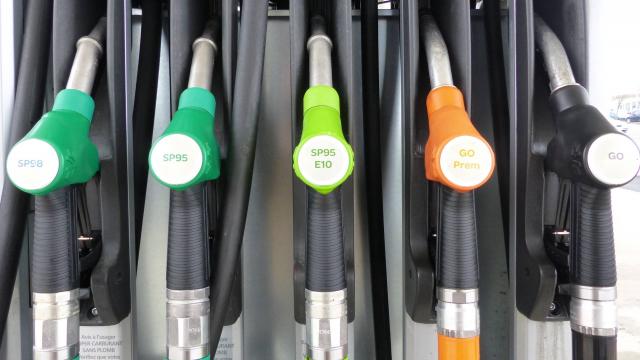PURCHASING POWER: Unlike the monetary poverty rate, the deprivation rate is based on households giving up certain products or services.
4%. Thursday, INSEE indicated that the rate of “material and social deprivation” affects 14% of the population of France. Unlike monetary poverty rates, which are based on household income, the deprivation rate is calculated on the basis of households giving up certain products or services, such as owning two pairs of shoes, heating properly, eating meat or fish every other day, or going on vacation for a week each year.
This rate, created in 2013, is the highest recorded by INSEE to date. This rate reached 13.4% in 2020, and 12.4% in 2013, said the National Institute of Statistics and Economic Studies.
Rising energy prices, the number enemy of the portfolio
The increase in the deprivation rate is due in particular to the increase in energy prices: 10.2% of households declare that they cannot heat their homes sufficiently, compared to 6.1% in 2021 and 5% in 2018. Insee sees in this, in particular, the impact of the increase in the price of domestic fuel oil, “heating fuel that vulnerable households use more than others”.
To calculate the “deprivation” rate, INSEE indicates that if a household combines at least five renunciations from a list of 13 elements “considered desirable, even necessary, to have an acceptable standard of living”, it is in a situation of “material and social deprivation”, or in other words “poor in living conditions”.
The deprivation rate depends a lot on the composition of households, observes INSEE: it reaches 6.8% among childless couples, 15.8% among single people but 31.1% among single-parent families. These figures come from the “Statistics on resources and living conditions” survey, for which INSEE questioned more than 17,000 households or nearly 39,000 people.
The European average of 12.7%
France is “close to the European average”, with the deprivation rate in EU countries reaching 12.7% – but 11.5% in Germany, 9% in Italy and less than 5% in Luxembourg, Scandinavia and some Eastern countries.
The monetary poverty rate, for its part, expresses the share of households whose standard of living is less than 60% of the median living income. This rate reached 14.6% of the population in 2020, according to INSEE.



